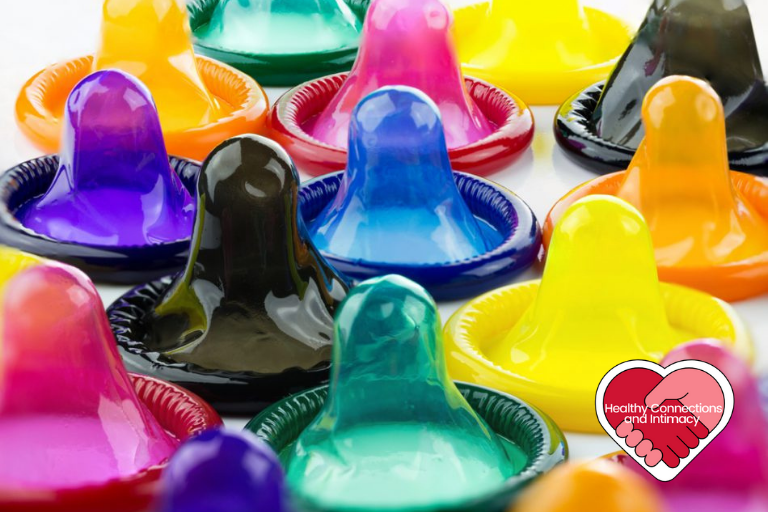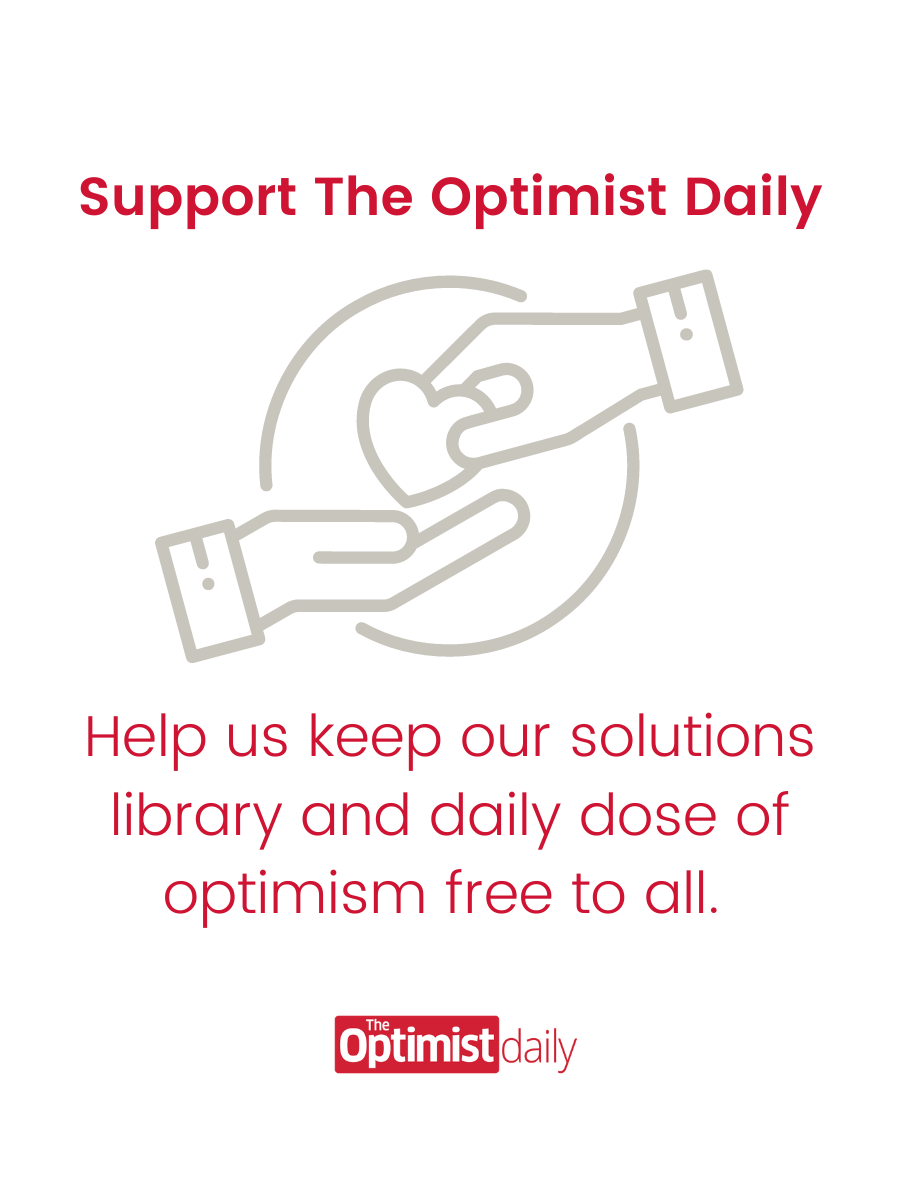Sexual education is vital for every young individual to have a safe and healthy sex life. But what are the attitudes people come away from these sessions with?
Typically, we’re taught the mechanics of sex, how to put a condom on a banana, and the sexually transmitted diseases risked by unprotected intercourse. Much of the time, however, sex ed neglects some fundamental aspects of sex: consent and pleasure,
Some people have previously fought to keep these topics off the agenda, as though they would encourage young people to have more sex and therefore increase unsafe sexual behavior. A study conducted by the WHO’s Department of Sexual and Reproductive Health and Research, The Pleasure Project, actually shows the opposite.
How does pleasure education help?
Accumulating data from papers published between 2005-2020, the group found that incorporating pleasure into the curriculum can positively change attitudes towards safer sex in regard to HIV and STDs. Evidence even shows individuals growing toward information and knowledge-based attitudes, such as individuals’ self-belief in behavior change and motivation to use a condom.
“Pleasure has been over-looked and stigmatized in health promotion and sex education, despite its obvious connection to sexual health and well-being. Our systematic review and meta-analysis, the first of its kind, shows that including sexual pleasure considerations in sexual and reproductive health services improves condom use and so may also improve sexual and reproductive health outcomes,” stated the authors.
This research, published in PLOS ONE, clearly highlights the fact that pleasure is a key driver of sexual behavior. Hopefully, organizations will take this fact into consideration and adjust curriculums to offer education in pleasure and consent and lead to safer sex outcomes.
As this research was carried out on populations considered “vulnerable,” larger data sets with more diverse populations needs to be collected for more definitive evidence.
Source study: PLOS ONE – What is the added value of incorporating pleasure in sexual health interventions? A systematic review and meta-analysis











